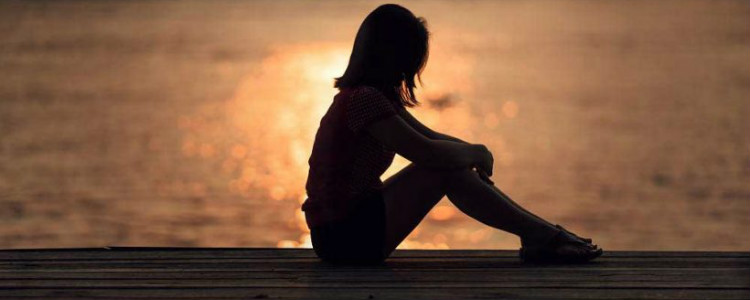Atypical Anorexia: An Invisible Battle
Saturday evenings were gym evenings.
The wind of the air conditioner beat down on my bare shoulders like rays of sun, the fluorescent light glaring above. Most of the time, I struggled to eat three meals, but didn’t want to miss out on going to brunch in the East Village with friends. I worked out constantly to compensate. Still, a nagging voice in my head told me it’s not enough.
Glancing around the gym, there were moments when I wondered if anyone could hear the shouting match in my head, but they couldn’t. They didn’t see me struggling. I looked like any other girl in Nike running tights. I still don’t show any physical signs of suffering, and it’s not like I wear a sign around my neck that alerts people to my disease.
I was diagnosed with atypical anorexia nervosa before Christmas last year. My therapist deemed this a very positive diagnosis, and she suggested an outpatient treatment program. I was scared and confused. I’m struggling enough that we can agree I have a problem, but I don’t look the part, so the rest of the world might not take me seriously. Phenomenal.
Sometimes, I felt bad for my therapist, and for my family and friends. I didn’t want to tell anyone what was going on, because I dreaded the words “But you don’t look anorexic.” Wouldn’t it be easier for everyone if I wasn’t constantly teetering on the edge? Wouldn’t it be easier if things were bad enough that I’d have to check into a clinic? I’m sorry, I wanted to tell everyone, I’m sorry I’m not sick enough for you to think I am sick.
Though the diagnosis came in 2016, I’d been struggling for several years. There had always been a voice inside, controlling every move I made, adding up numbers over foods, forcing me to work out a certain amount of days a week. It’s like being a prisoner in your own mind, obeying and adhering to something that no one else can hear.
Every time media outlets and films (or even people who don’t know I was sick) reduce anorexia to size and appearance, I feel embarrassed, invalidated, and angry. I had an anxiety attack about the prospect of eating dinner tonight, I want to say. I canceled lunch plans because I knew I wouldn’t be able to eat in public. This disease was (and sometimes still is) so incredibly real to me, even though, on the outside, I look relatively “normal.”
Sometimes I am ashamed for how difficult recovery has been, because it often felt like I was never “anorexic enough” to be taken seriously. Anorexia, atypical or not, is a devastatingly dark place. Fighting it, and being caught in a sort of purgatory between anorexia and the real world is even lonelier, because you’re not succumbing to the voices as much as you think you should be.
For me, it was an invisible battle, a fight against something so internal and so ingrained, that I often felt like screaming, “I am here, too.” It’s hard when you’re at war with yourself and trying to be present in real life, in the lives of your friends and family, when the only symptoms and markers of the disease that they can actually grasp are physical.
One particular fact on the NEDA website gave me a lot of hope at the beginning of recovery. “Research studies have not found a difference in the medical and psychological impacts of anorexia and atypical anorexia.” I remember thinking, Finally, someone can hear me. All the anger I had harbored towards those who I felt could not understand what this disease was started to weather away.
Raising awareness for this disease is in our hands. These words were so difficult to write, but I wrote them for any other person who is feeling unheard and invalidated in their fight against an ED. I want to say, I hear you. I know. What you’re experiencing is realer than something that others can see.
Geena is a 21-year-old NYU senior and an editorial intern at SPIN magazine.




